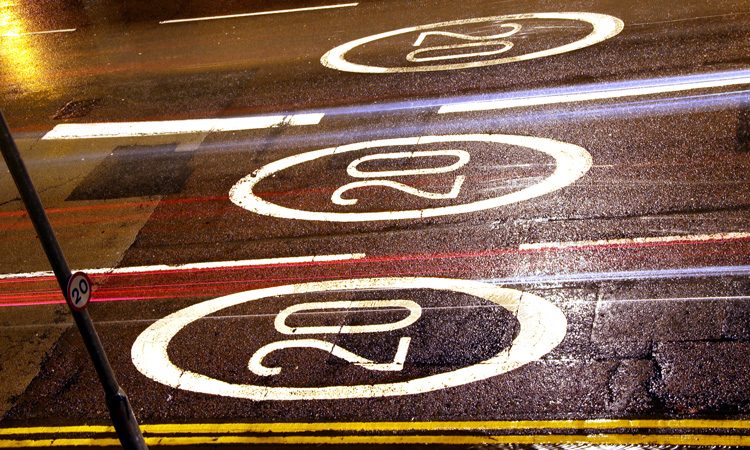Plans for 20mph speed limit in central London move forward
- Like
- Digg
- Del
- Tumblr
- VKontakte
- Buffer
- Love This
- Odnoklassniki
- Meneame
- Blogger
- Amazon
- Yahoo Mail
- Gmail
- AOL
- Newsvine
- HackerNews
- Evernote
- MySpace
- Mail.ru
- Viadeo
- Line
- Comments
- Yummly
- SMS
- Viber
- Telegram
- Subscribe
- Skype
- Facebook Messenger
- Kakao
- LiveJournal
- Yammer
- Edgar
- Fintel
- Mix
- Instapaper
- Copy Link
Posted: 9 September 2019 | Intelligent Transport | No comments yet
Transport for London (TfL) publishes consultation report revealing public support for lower speeds in central London.


Transport for London (TfL) has announced that proposals to lower speed limits on TfL roads across central London will go ahead, following a positive response to its public consultation earlier in the year.
TfL will introduce 20mph speed limits on all its roads in the Congestion Charge Zone by early 2020.
Penny Rees, Head of Network Sponsorship at TfL, said: “It’s clear people agree that making our roads safer will encourage Londoners to travel in more active and sustainable ways.”
The lower speed limit will be supported by new 20mph signage and road markings, as well as raised pedestrian crossings in seven locations where a high number of people walk, including near Embankment and Tower Hill Tube stations and outside the Tate Britain. TfL will recalibrate all speed cameras in central London and use mobile speed cameras to ensure that drivers are complying with the new safer speed limit. TfL aims to complete work overnight to minimise the impact on road users and will use single lane closures, avoiding any roads being closed completely, subject to permits.
There were nearly 2,000 responses to the public consultation, with half of respondents saying the plans would have a positive impact on walking and 31 per cent suggesting that many more people would choose to walk. Almost two-thirds thought that the proposals would lead to more people cycling (59 per cent) and four in 10 thought that the proposals would have a positive impact on public transport.
The speed limit is a key part of Mayor Sadiq Khan’s Vision Zero ambition to eliminate death and serious injury from London’s transport network and will see 20mph limits introduced on 8.9km of main roads including Millbank, Albert Embankment, Victoria Embankment and Borough High Street. More than a third (39 per cent) of streets in London now have a 20mph speed limit and the Mayor and TfL are hoping this will continue to reduce road danger and provide consistency for drivers.
Joshua Harris, Director of Campaigns for Brake, the road safety charity, said: “The go-ahead for rollout of 20mph speed limits, widely accepted as the safest speed for places where people live, work and play, is fantastic news. Londoners have made it clear that they want to be able to move around in safe and healthy ways and reducing vehicle speeds is a simple, but effective, way of achieving this. We hope other authorities, including central government, follow London’s lead and make 20mph the default for urban areas.”
TfL aims to introduce safer speed limits across 150km of its road network, focusing on high-risk sections of road, town centres where people walk and cycle, and ambitious local speed reduction programmes led by London boroughs.
To support this, TfL has published a Lower Speeds Toolkit, which is designed to help engineers and designers make London’s streets more welcoming and safer for everyone. The toolkit gives advice on the measures available to lower speed limits and ensure people comply, such as installing chicanes and virtual speed humps, reallocating space for walking and cycling and urban realm improvements.
Related topics
Infrastructure & Urban Planning, Traffic Management, Transport Governance & Policy, Vehicle & Passenger Safety
Related cities
London
Related organisations
Brake, Transport for London (TfL)
Related people
Joshua Harris, Penny Rees, Sadiq Khan







